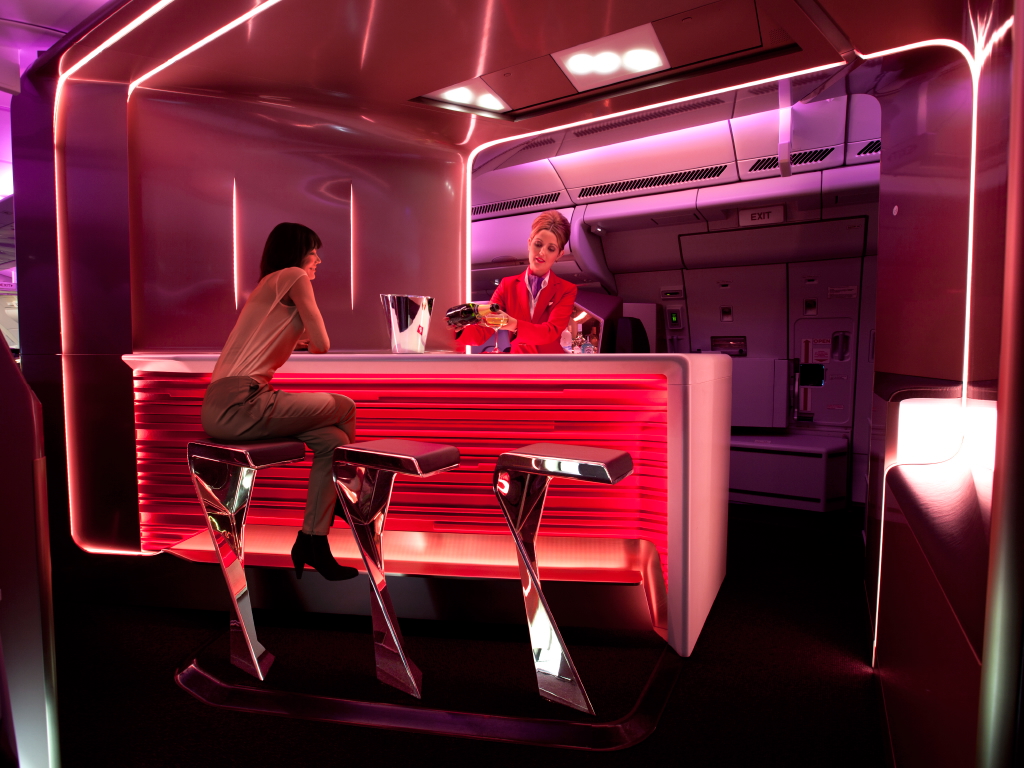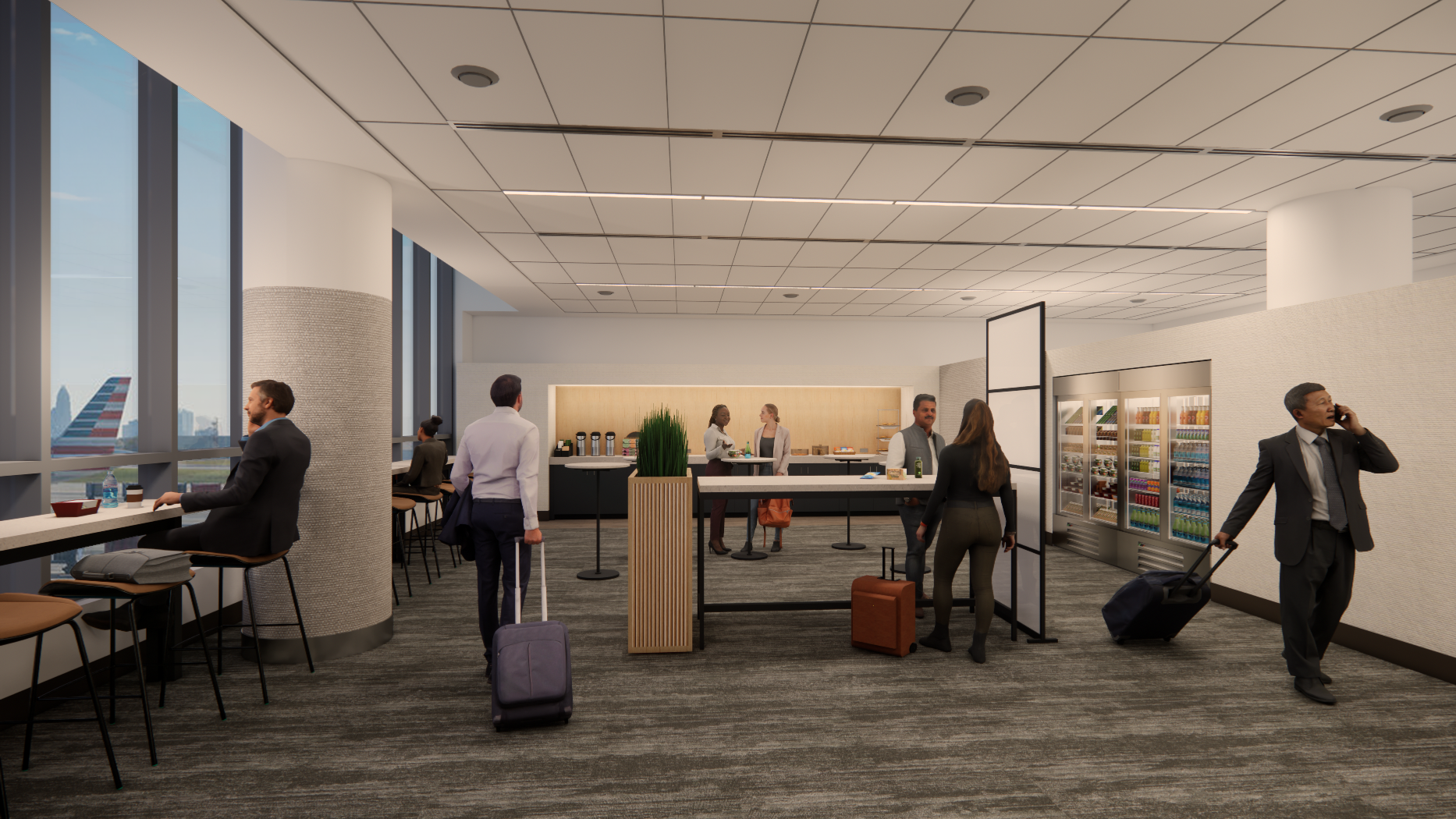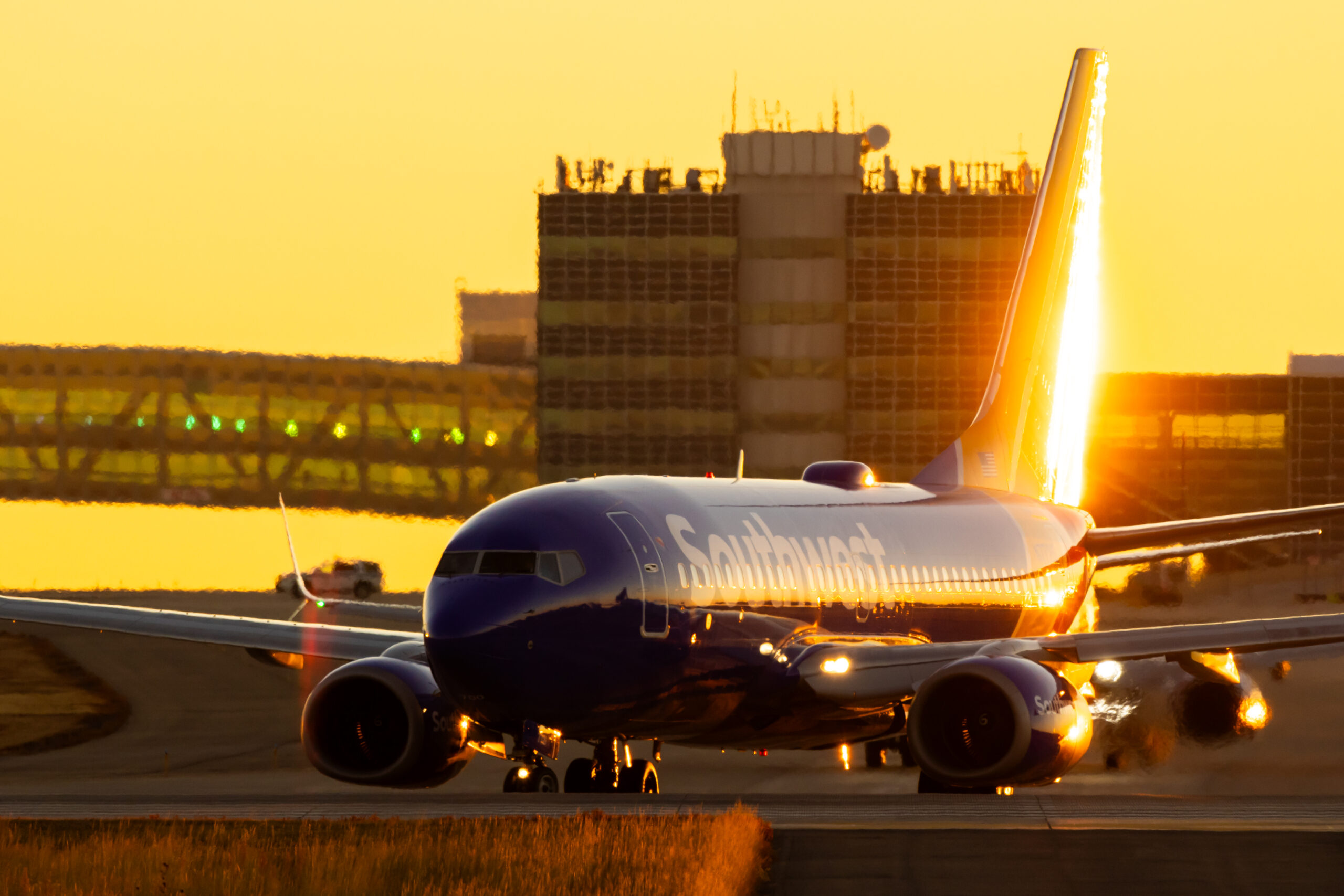Delta Revives Los Angeles–Hong Kong Flights Amid Heavy Competition
Delta returns to Hong Kong with LAX nonstop amid stiff competition and uncertain demand—plus three daily flights to Chicago
by George Gomez
July 17, 2025
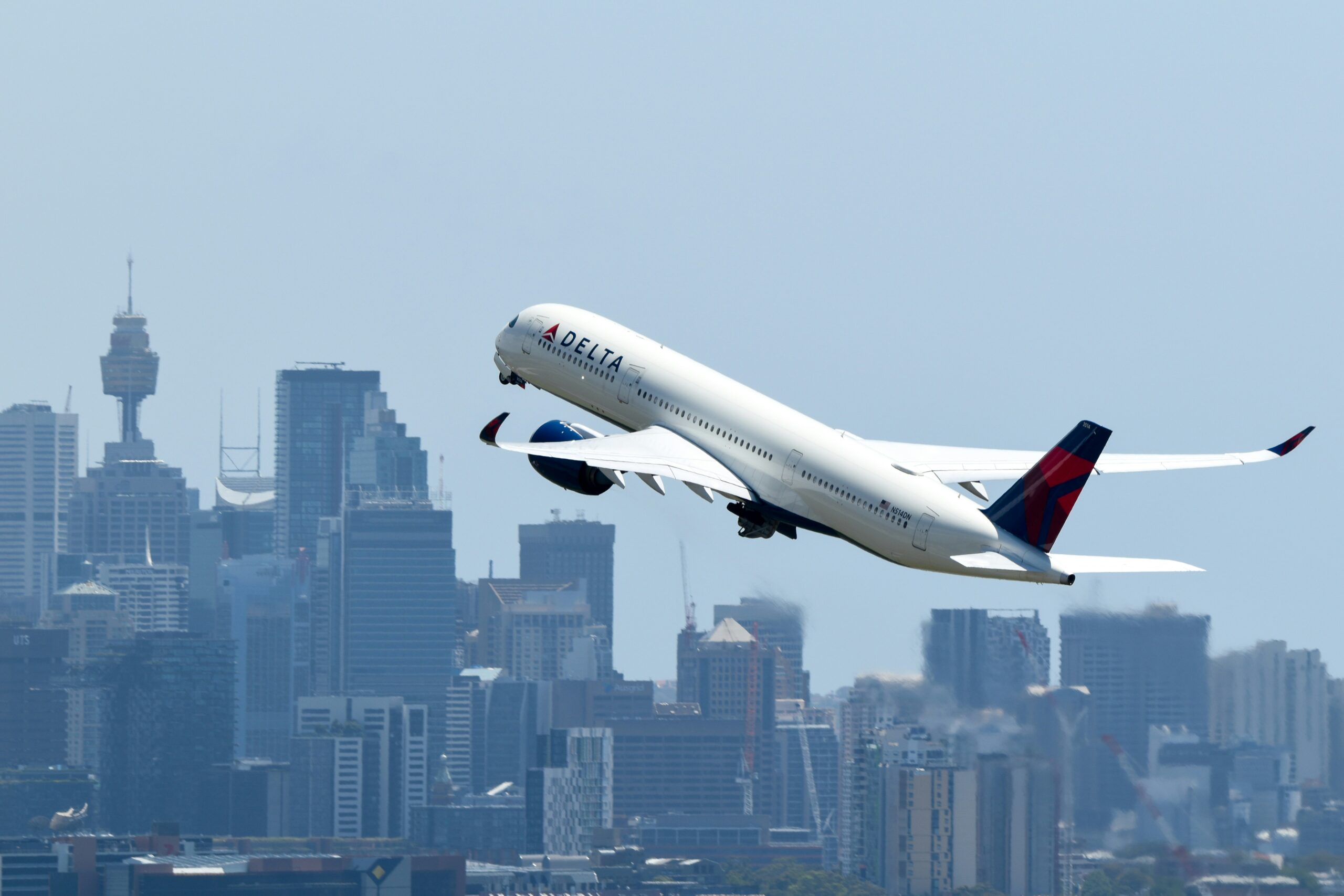
Photo: Delta Air Lines, Airbus A350-900. Courtesy of David Syphers / Unsplash
Delta Air Lines is making a daring comeback on one of Asia’s most complex routes: beginning June 6, 2026, the Atlanta-based carrier will launch daily nonstop service between Los Angeles (LAX) and Hong Kong (HKG). A day later, it will also roll out three daily flights between LAX and Chicago O’Hare (ORD).
The new services highlights Delta’s growing ambitions in Los Angeles, a city it now calls its largest West Coast gateway.

Photo: Hong Kong. Courtesy of Simon Zhu / Unsplash
But the return to Hong Kong is more than just a new dot on Delta’s route map—it’s a high-stakes gamble in a market that has proved difficult even in stronger times.
A Route That’s Burned Before
Delta isn’t new to Hong Kong. The airline has tried and failed multiple times to establish a lasting foothold in the city. It last operated Hong Kong service from Seattle in 2018 and previously attempted routes from both Detroit (DTW) and Los Angeles. The airline also operated a fifth-freedom route between its Asian hub in Tokyo-Narita (NRT) and HKG until 2016.
This time, it returns to a crowded field. United Airlines currently flies from LAX to Hong Kong twice daily, and Cathay Pacific—Hong Kong’s hometown carrier—operates the route three times a day. Delta’s new flight will become the sixth daily nonstop.
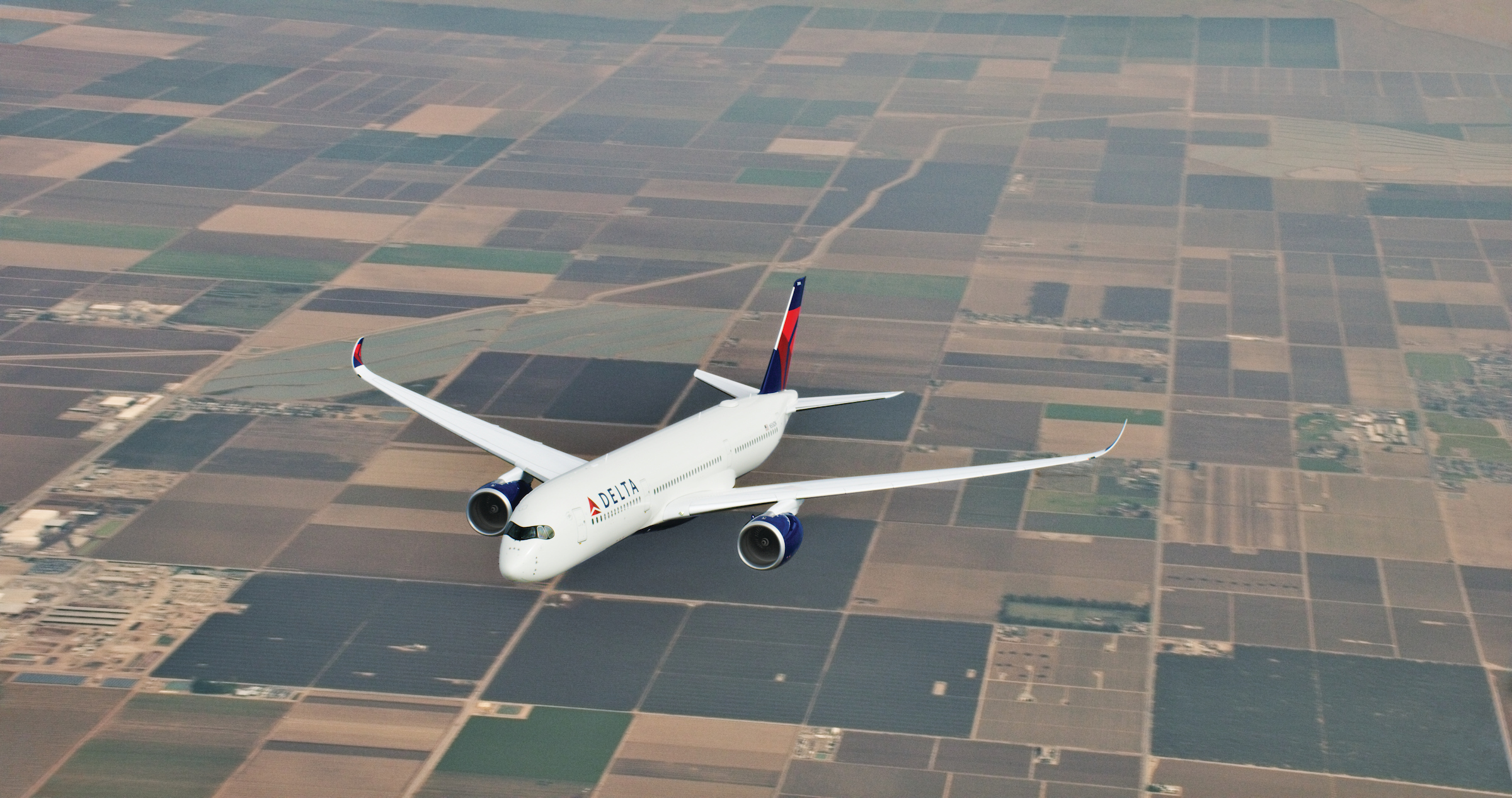
Photo: Delta Air Lines, Airbus A350-900. Courtesy of Delta
Aviation industry analyst Gary Leff, who closely tracks airline strategy, is skeptical. “I’m surprised to see this service added,” he says in his journal, View from the Wing. “Delta couldn’t make it work before 2019, when Hong Kong was a more premium-oriented market. Since then, the city’s standing has changed dramatically.”
Leff points to Hong Kong’s political transformation since Beijing tightened its control over the semi-autonomous city, ending pro-democracy governance and cracking down on dissent. “Hong Kong, while still sizable, is much less relevant for premium traffic than it was a decade ago,” he explains.
He also notes that other U.S. carriers have faced similar struggles. American Airlines canceled its LAX–HKG route in 2020 after years of underperformance. Despite having an oneworld partner, Cathay Pacific, offering connections beyond Hong Kong, American couldn’t make the economics work.
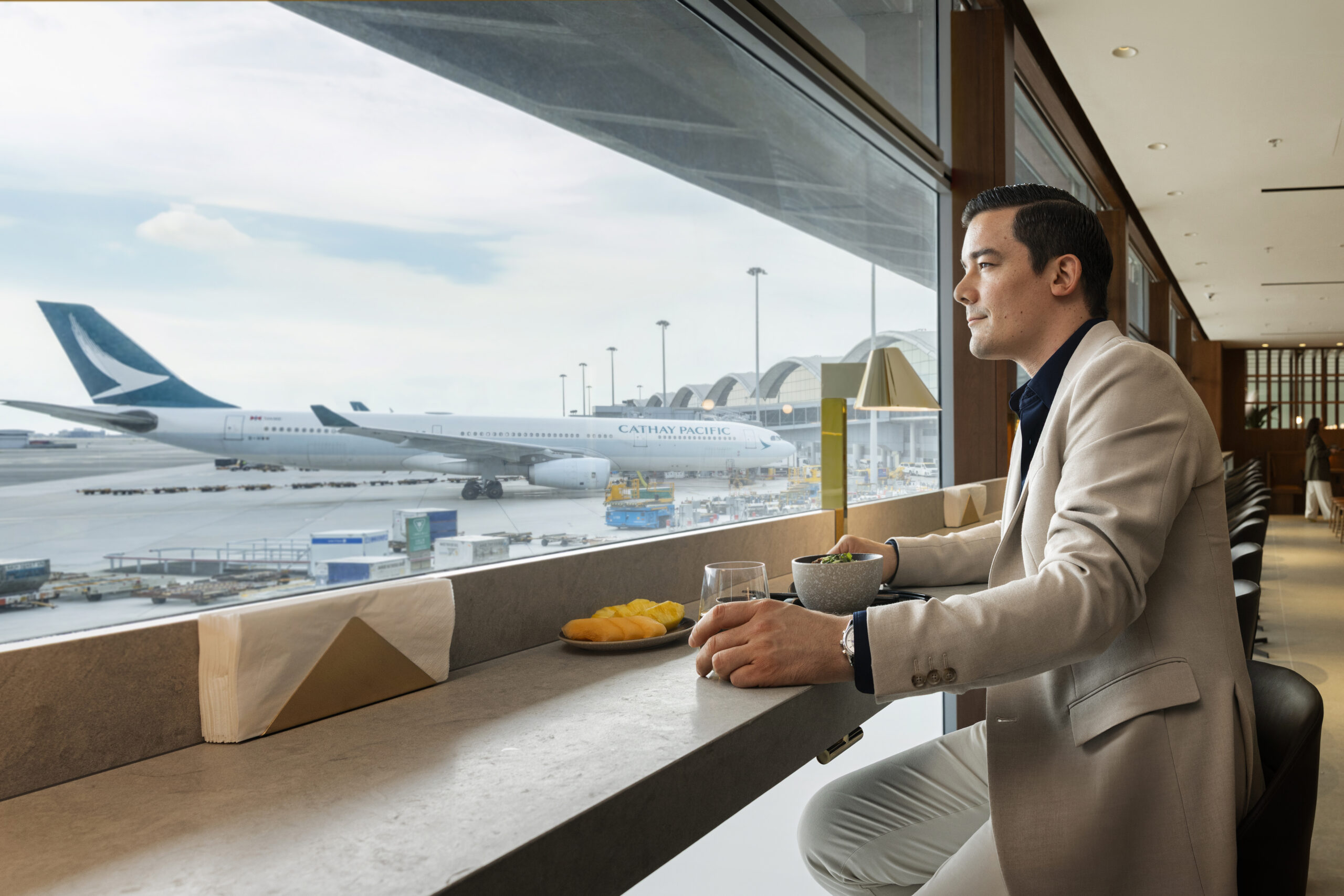
Photo: Courtesy of Cathay Pacific
However, Paul Baldoni, SVP of Network Planning at Delta, believes that launching service to Hong Kong and Chicago from LAX “strengthens our presence in two of the world’s most dynamic markets. As the largest global carrier at LAX, we’re continuing to invest in routes that matter to our customers and deliver the premium travel experience that they’ve come to expect from Delta.”
Delta now enters without those advantages and with formidable competitors already in place.
Why Return to Hong Kong?
Delta’s rationale goes beyond passenger traffic. Its Airbus A350-900 aircraft—a widebody with 275 seats and over 20 tons of cargo capacity—will operate the flight.
Hong Kong remains one of the busiest global freight hubs, and Delta believes the route can support high-value cargo like electronics, e-commerce shipments, and perishables. With demand for transpacific cargo still strong, the airline sees logistics as a major revenue driver.
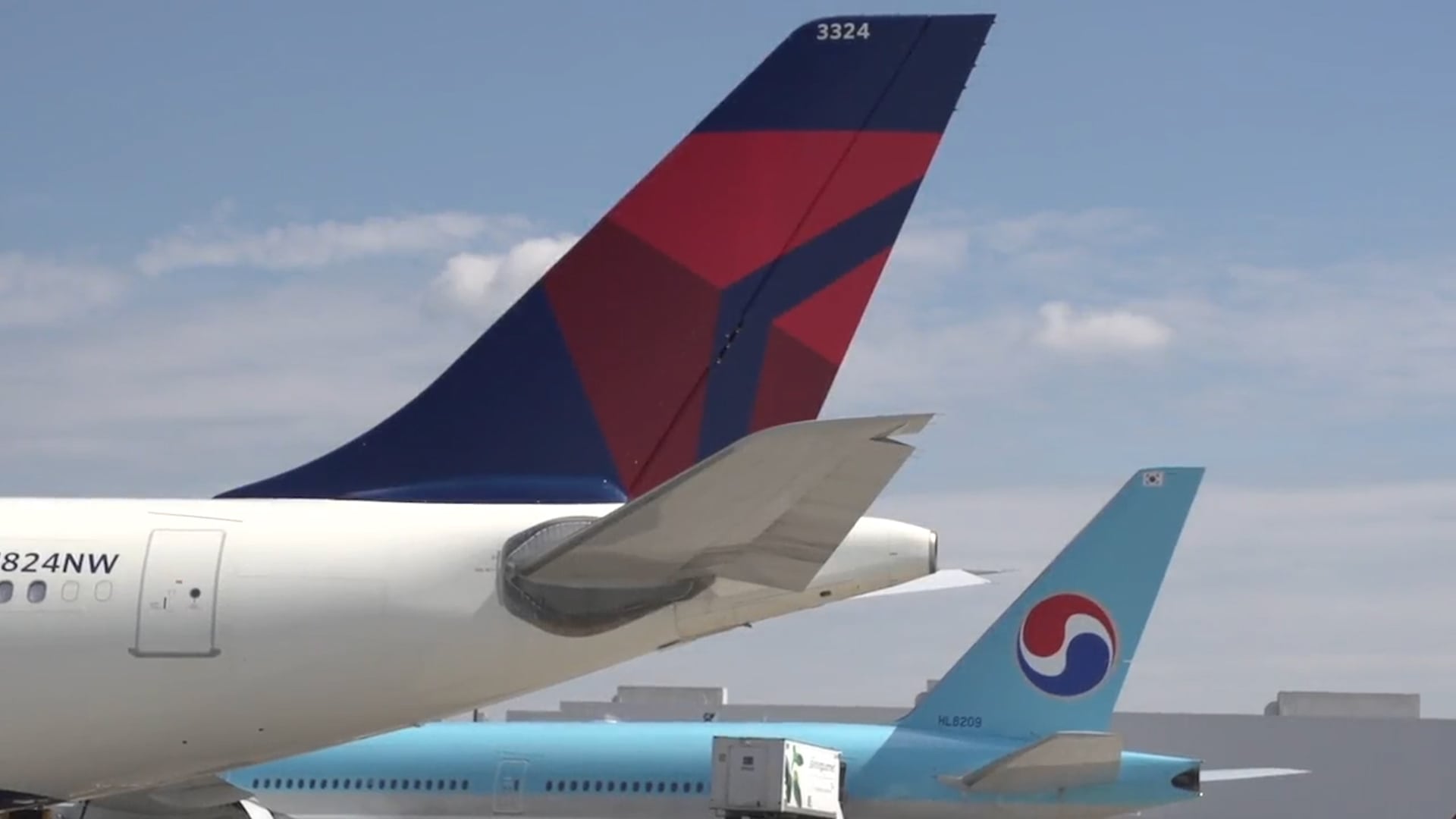
Photo courtesy of Delta Air Lines
The move also strengthens Delta’s Pacific joint venture with Korean Air. While most of Delta’s current transpacific flying is routed through Seoul Incheon, a direct link to Hong Kong may allow it to capture more point-to-point traffic while complementing intra-Asia itineraries via its partner’s hub.
Still, Leff raises a critical concern: “Delta’s A350s are already stretched thin. It’s unclear where the aircraft will come from to support this route—and whether it will displace something more profitable.”
Chicago O’Hare: A More Predictable Play
On the domestic front, Delta’s launch of three daily flights between LAX and Chicago O’Hare is a safer bet.
The two cities are business powerhouses—Los Angeles in entertainment and tech, and Chicago in finance, insurance, and manufacturing. The route is a mainstay for both business and leisure travelers, and Delta’s additional frequency offers more options in a highly competitive corridor.
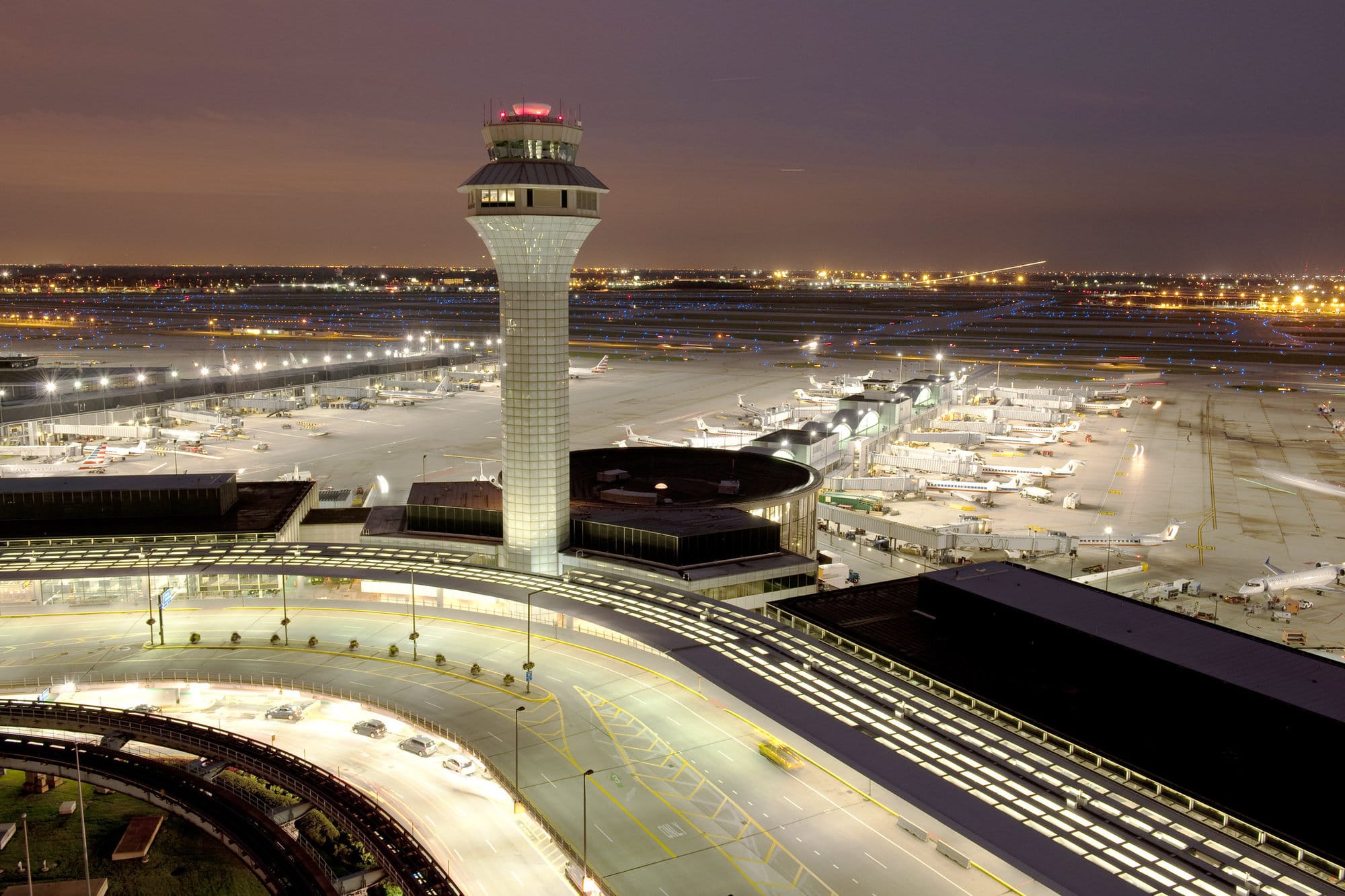
Photo: Courtesy of Chicago O’Hare Airport
“With schedules tailored for both business and leisure, the route offers Angelenos quick access to Chicago’s industries, as well as seamless connections to Delta’s transpacific and West Coast network,” the airline said in its announcement.
Elevated Ground Experience at Both Ends
From terminal to tarmac, Delta is emphasizing comfort. In Los Angeles, passengers flying Delta One to Hong Kong will access the new Delta One Lounge at LAX. Nearly 200 seats, a rotating chef-curated menu, a sushi bar, a wellness room with full-body massage chairs, and a SoCal-inspired design aesthetic are all part of the experience. The airline also offers Delta One curbside check-in, a concierge-style escort service from street to gate.
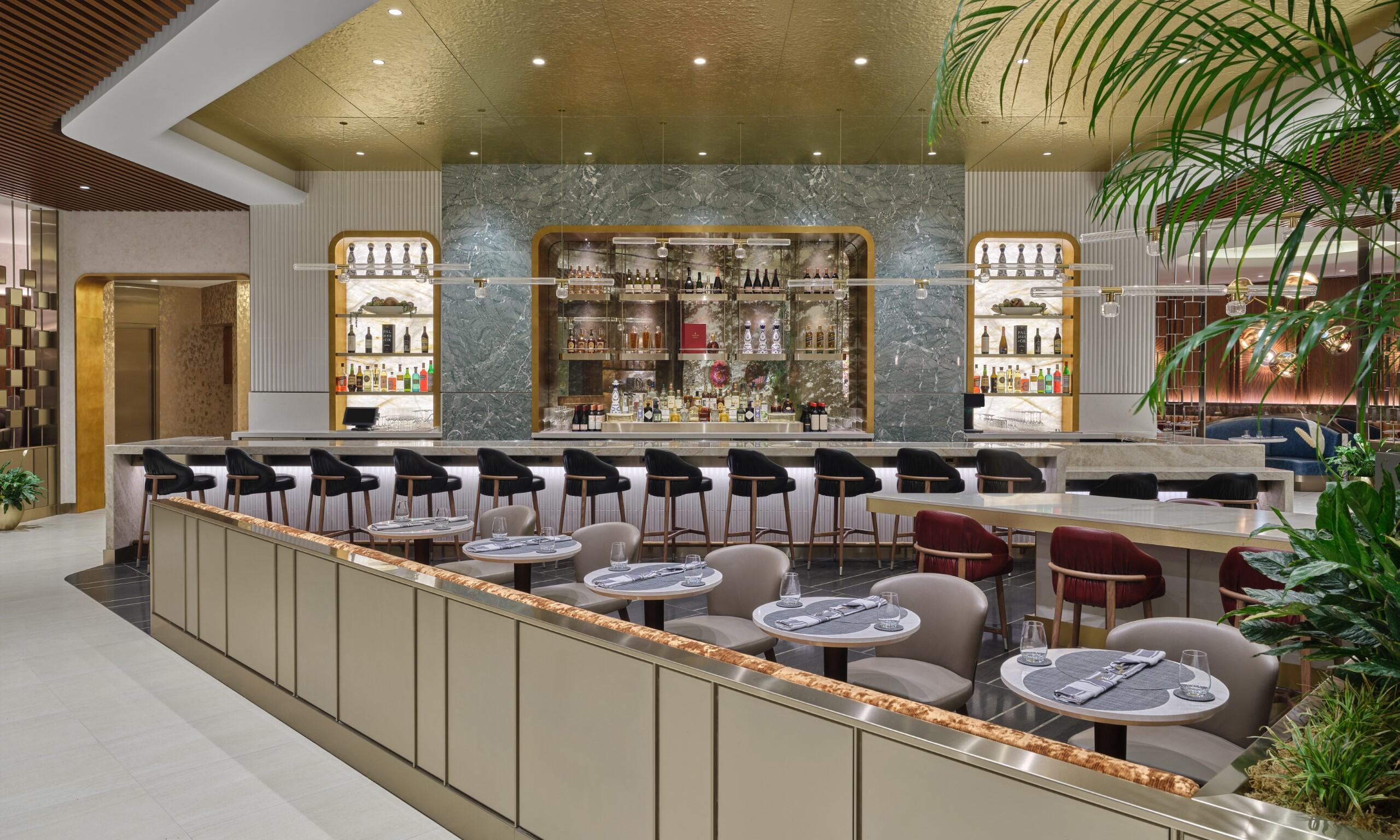
Photo: Courtesy of Delta Air Lines
Chicago passengers will benefit from the newly renovated Delta Sky Club in O’Hare’s Terminal 5, a spacious 22,000-square-foot lounge built as part of a $50 million terminal investment. All flights to Chicago will operate on Boeing 737-800s, offering Delta First, Comfort+, and Main Cabin seating, with Wi-Fi and seatback entertainment across all cabins.
The A350 flights to Hong Kong will offer four product tiers: Delta One with lie-flat seats, Delta Premium Select for wider recliners and elevated dining, Delta Comfort+ for extra legroom, and Delta Main Cabin with complimentary entertainment and messaging.
Investing in Los Angeles
These route launches come amid Delta’s $2.3 billion investment at LAX, where it now offers over 160 peak-day departures to 50+ destinations. The new Terminal 3 complex and “Sky Way” connector between Terminals 2 and 3 reflect a long-term commitment to Los Angeles as both a strategic gateway and a brand anchor on the West Coast.
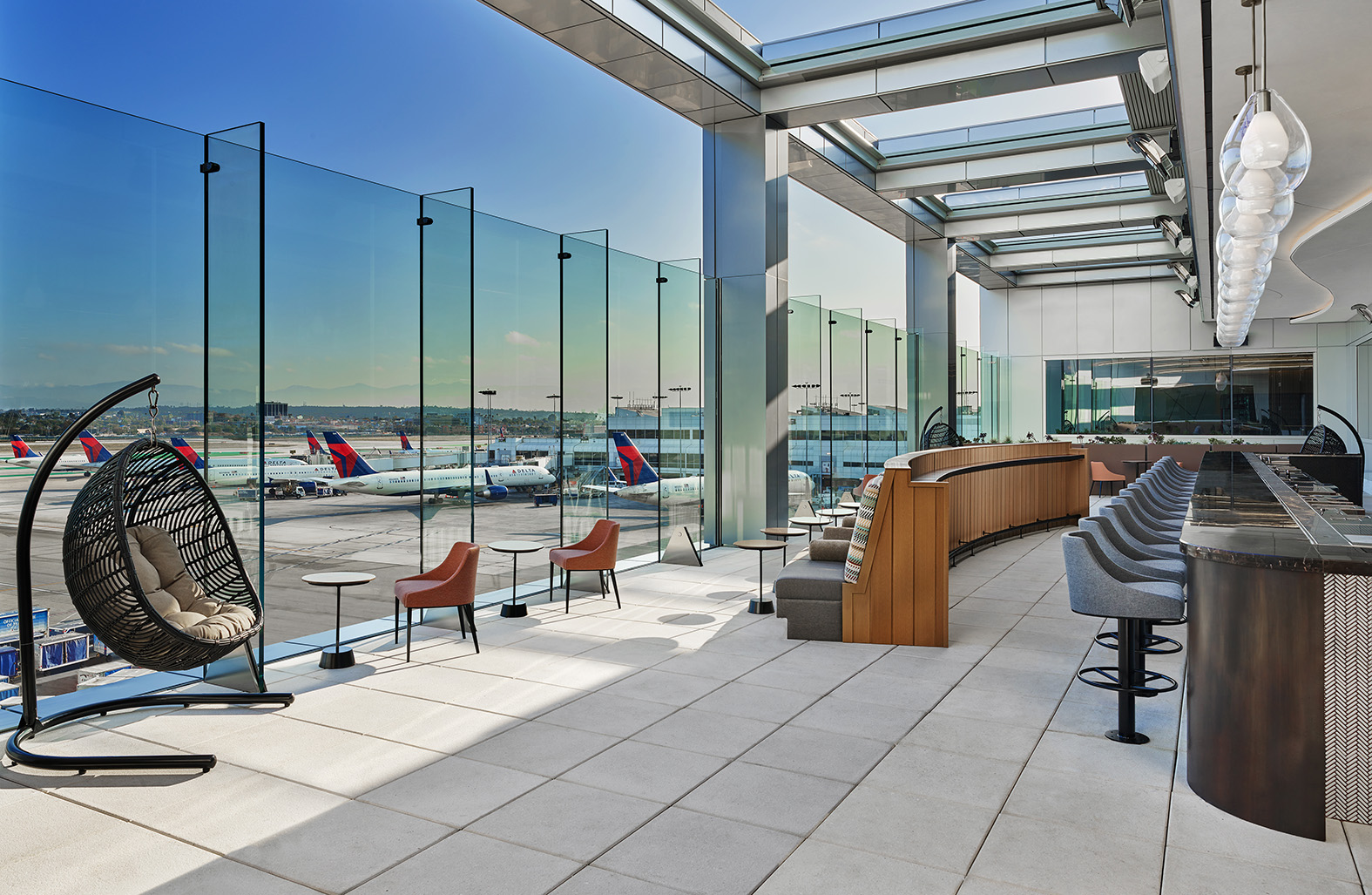
The open-air Delta Sky Deck at LAX / Photo: Courtesy of Delta Air Lines
Delta also maintains deep ties to the city beyond aviation. With over 5,000 local employees, it supports dozens of community nonprofits and serves as the Official Airline of Team USA and a founding sponsor of the LA28 Olympic and Paralympic Games.
Doug Webster, Chief Operations and Maintenance Officer at Los Angeles World Airports, welcomed the new additions. “These routes not only enhance our trans-Pacific and domestic reach but also reflect the strength of our partnership with Delta in delivering world-class service to travelers.”
Final Approach
Delta’s planned return to Hong Kong will be closely watched. The airline’s past efforts on this route ended quietly, and the competitive, political, and operational landscape has only grown more complicated since then. Still, with a modern fleet, a robust cargo plan, and a premium passenger experience, Delta is staking a serious claim in a market others have abandoned.
Whether that claim holds in the long term will depend on the carrier’s ability to navigate not just the Pacific skies—but the evolving economics and geopolitics below.

